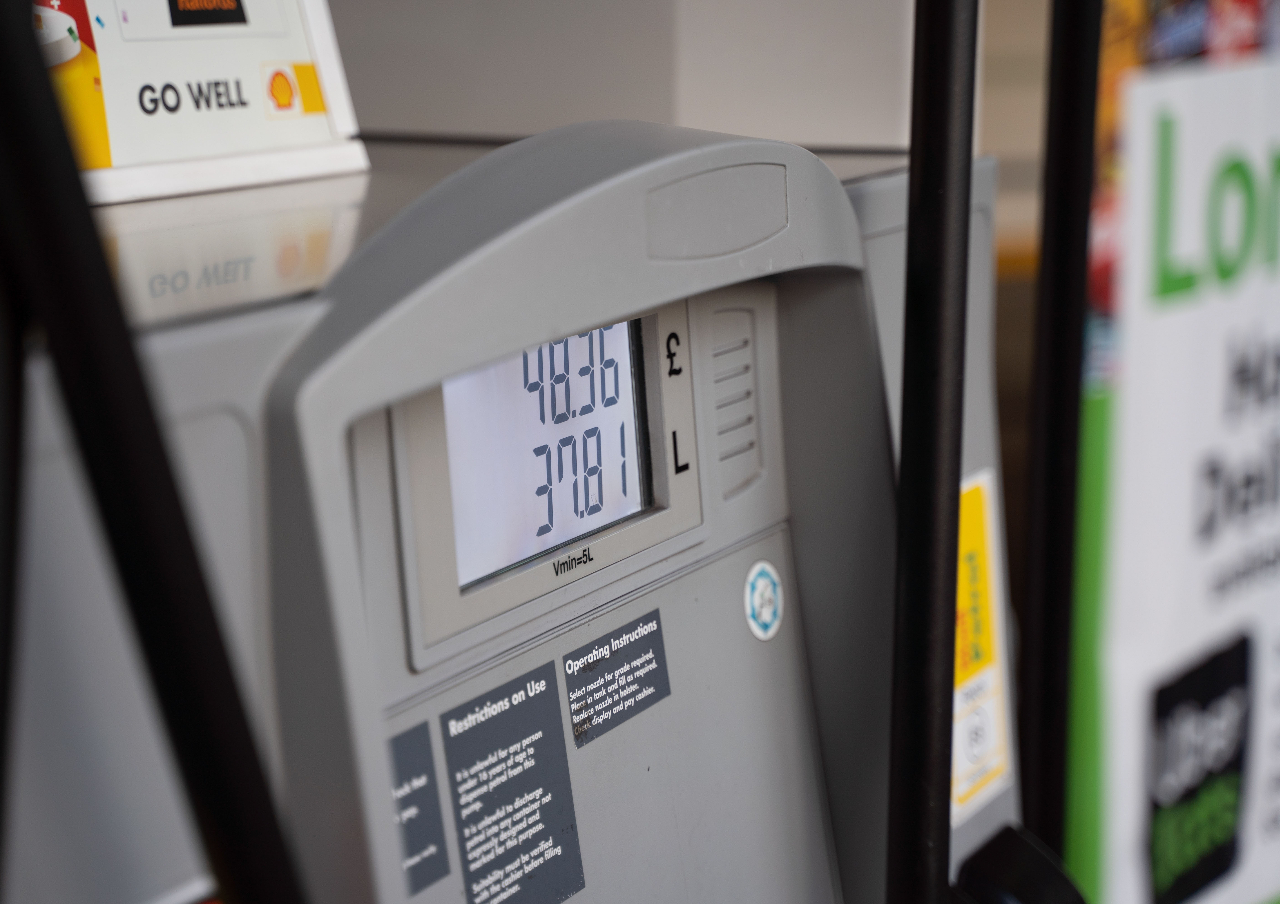The highest inflation in 40 years has rattled consumers, most of whom have never experienced runaway high prices. Unless you’re well into your 60s, this type of environment is new. However, there is hope that the current bout of high inflation could be peaking. Some data suggests that the worst could be in the past. However, the big caveat is that high food and energy prices may linger for a while due to tensions in the West and enduring supply chain issues.
Inflation May be Cooling in Key Parts of the Economy
U.S. consumer inflation in May reached its highest level in more than four decades at 8.6% as surging energy and food prices pushed prices higher. While this wasn’t news anyone wanted to hear, it may be an indication that we are near the top—especially given the Fed’s more extreme measures in response with rising rates.
In April, the US consumer price index moderated for the first time in eight months to an annual pace of 8.3%, 0.2 percentage points lower than the previous month. But despite the modest decline, inflation came in above economists’ expectations and remained at a 40-year high.
But looking inside the basket of goods used to measure the CPI, prices generally appear to be leveling or even declining, including used cars, homes, and labor. These are encouraging signs that inflation has likely peaked, but falling prices are not occurring across every sector.
Most notably, we see energy and food remain elevated. Some of that is a function of the Russian invasion of Ukraine, but that’s not the only driver of price in these areas. Rent also remains high, following a plummet in 2020 and full recovery (and then some) in 2021. Still, we find it encouraging to see supply come online, prices moderate, and demand cool in these important sectors.
Consumers Aren’t Panicking Yet
Until recently, consumers appeared to be taking the current bout of inflation in stride. According to recent data in May, consumer inflation expectations had not increased, which is critical because, when it does, it can push inflation higher. Generally, when consumers expect higher inflation, they accelerate their purchases to get ahead of rising prices. That creates a sudden increase in demand which can boost prices even higher. Flat or lower consumer inflation expectations may be an indication of cooling price growth.
The Fed is Stepping Up
The Fed was late to the party in its attempts to corral this surging inflation, so it is now doubling its efforts by raising rates and easing off Treasury purchases. The Fed hiked short-term rates by a half-point in March and promised additional hikes throughout the year, which they delivered on at the June meeting with another increase of 0.75%–the largest hike since 1994!
The anticipation of higher rates was already impacting the housing market, which was seeing slowing sales due to higher mortgage rates. Higher rates were also being felt by consumers pulling back on large purchases, including cars. The reduction in demand in these key markets was expected to relieve inflationary pressures.
The Fed is now tasked with finding a delicate balance between rate increases and the possibility of pushing too hard, too fast, driving the economy into a recession (though it would almost certainly tamp down the inflation surge).
There’s a Light at the End of the Tunnel, But…
With so many factors driving inflationary pressures, it wouldn’t be surprising to see the trends shift back and forth. For example, while supply chain issues are starting to recede, we could see more bottlenecks due to the massive COVID lockdowns in China, leading to more shortages and price increases.
The energy market began to stabilize in March and April, but war-related disruptions out of Russia continue to exert pressure on oil and gas prices. With little being done to increase energy supplies, most energy experts, as well as the Administration, are telling us to brace for elevated gas prices well into 2023.
The best case for positive trends to continue is a quick resolution to restricted energy supplies and visible improvement in China and Ukraine. Even with that, we can expect to endure higher prices for the foreseeable future, but it’s likely the worst could be behind us.

